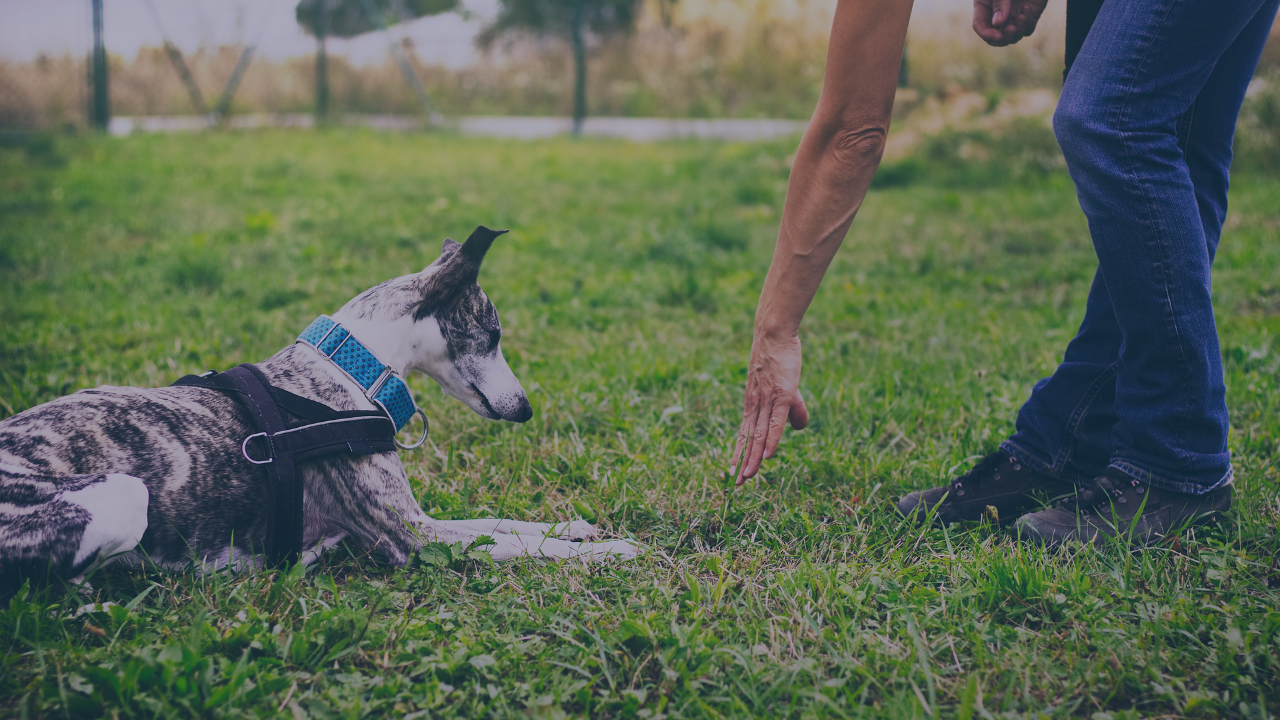
What are the essentials for self-training a Psychiatric Service Dog?
While all dogs make best friends, not all dogs make great Psychiatric Service Dogs — but if you’re planning on self-training for a PSD certification, here are the essentials to get started.
The Short: Anyone can self-train a PSD, but it’s not easy. The essentials include assessing your disability-based needs, choosing the right needs, conducting ongoing and specialized training, and preparing your dog for different environments before earning their certification.
Self-Train Your PSD
Training a Psychiatric Service Dog is a challenging and time-consuming process, especially if you’re unfamiliar with training dogs. Many new dog owners send their pups to obedience school because they can be difficult to train, and a PSD will take even more work!
While training a PSD is challenging and requires a significant amount of work, it can be accomplished with a good amount of patience, hard work, practice, and positive reinforcement.
If you’re planning on self-training your dog for a PSD certification, here are some essentials:
- Assess Your Needs: Start by identifying your needs and what tasks you need performed based on your disability, symptoms, and how a PSD can help you.
- Choose Your PSD: Not all dogs are suited for PSD work, and some breeds are more trainable, comfortable around other animals, and have better temperaments than others.
- Basic Training: Start with basic commands, including sit, stay, and heel. They should be well-behaved and have good manners, like not jumping on people or chewing on objects.
- Identify Tasks: Based on your disability, identify tasks that you need performed, such as alerting you to oncoming panic attacks, interrupting self-harm behaviors, or providing deep pressure therapy.
- Task Training: Train your dog for specific tasks using positive reinforcement techniques. Break down tasks into small steps, and gradually increase the difficulty. Repeat trainings regularly to reinforce the behaviors and ensure that your dog understands expectations.
- Public Access Training: PSDs need to be well-behaved and well-socialized in public, and need training for different environments, such as malls, airports, and restaurants.
- Get Certified: Once fully trained, your dog can earn a PSD certification, which provides them legal protection and ensures that they’re recognized as legitimate service animals.
Remember, self-training a PSD is a significant undertaking and may not be suitable for everyone. Consider seeking the help of a professional dog trainer or organization that specializes in PSD training.
If you need more help to get started with self-training your PSD, we are here to help!

